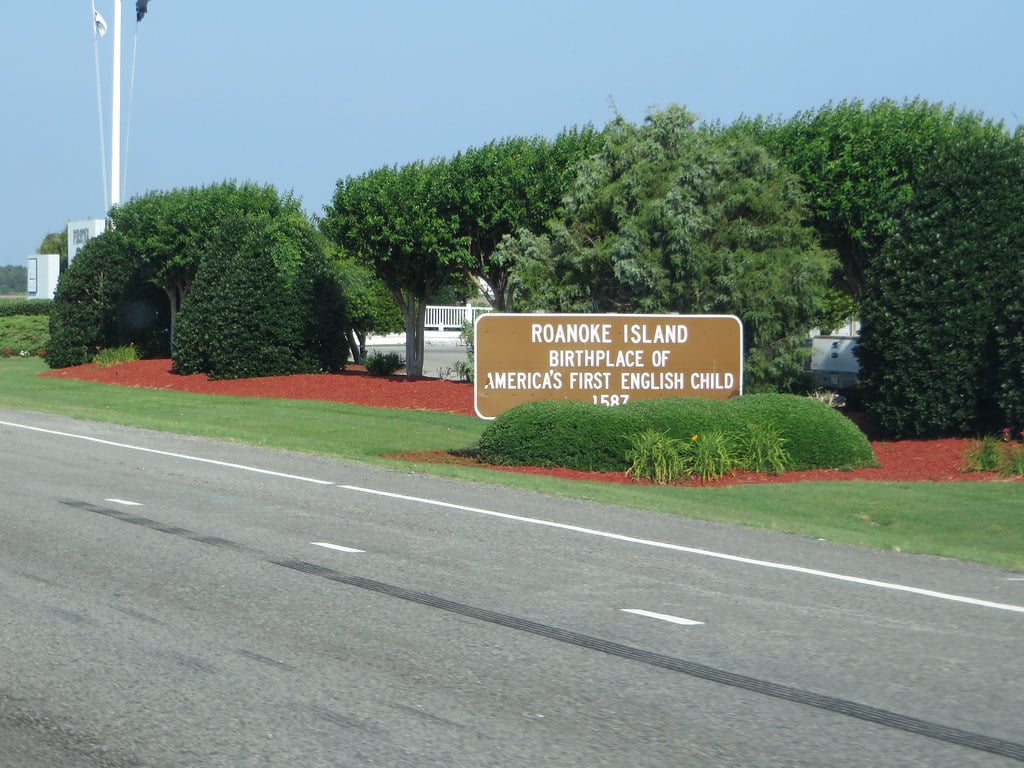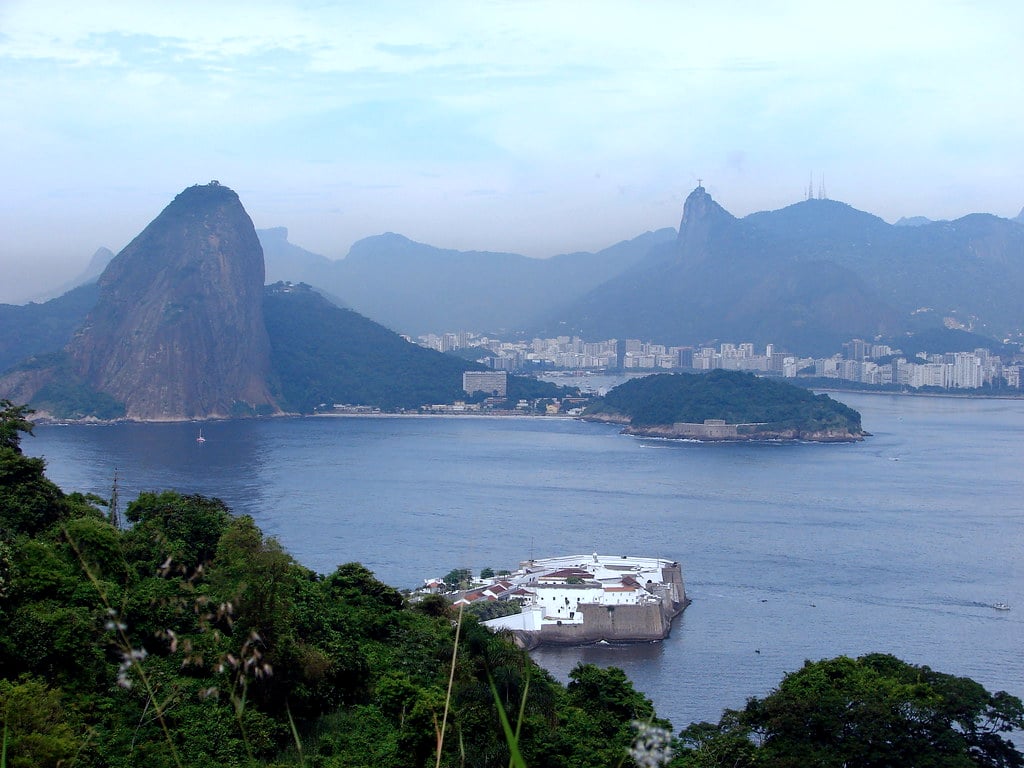The world is full of mystery in so many different ways. Consider that we still don’t truly know what’s at the bottom of the oceans or what the interior of planet Earth truly looks like. The reality is that many unexplored mysteries like these continue to puzzle us today.
Other mysteries might be something along the lines of what happened to Amelia Earhart or whether King Arthur was a real person. With this in mind, let’s take a look at some of the biggest mysteries that still puzzle historians.
Nazca Lines

©videobuzzing/Shutterstock.com
Etched into the ground across a large stretch of land in Peru are lines known as the Nazca Lines. They are widely regarded to be the work of a pre-Incan civilization roughly 2,000 years old.
Nazca Lines (cont.)

©"Peru, Nazca, Nazca Lines, Monkey" by leander.canaris is licensed under BY 2.0. - Original / License
Originally discovered in the 1930s, over 1,000 designs have been discovered. Across a 19 square mile area, discoveries include designs shaped like a monkey, lizard, dog, and even a human. What these lines are is a complete mystery to historians.
D.B. Cooper

©Federal Bureau of Investigation (FBI) / Public Domain - Original / License
One of the most brazen heists in history, D.B. is considered to be the only person to have hijacked a plane inside the U.S. and gotten away with the crime. In November 1971, Cooper boarded a flight from Portland to Seattle and later handed a note to a flight attendant.
D.B. Cooper (cont.)

©"CooperHijackingWeather" by SillyRyno is licensed under BY-SA 4.0. - Original / License
The note indicated Cooper wanted $200,000 cash and four parachutes, which he received in Seattle. Upon taking off from Seattle, Cooper jumped before landing in Reno. Unfortunately, a large manhunt never found anything.
King Arthur

©Forever Callie Media/Shutterstock.com
The story of King Arthur has influenced books and movies for generations. The first account of a story dates back to the 9th century. During this time, a book known as Historia Brittonum documented 12 Saxon battles fought by a British commander known as Arthur.
King Arthur (cont.)

©"King Arthur at the Great Hall" by David Spender is licensed under BY 2.0. - Original / License
The stories paint Arthur as a legendary figure, potentially killing 900 men in battle on his own. Whether or not Arthur truly existed, along with the Round Table, remains a complete mystery. If King Arthur was an actual person, the real story is likely less magical than the movie versions.
Roanoke Colonists

©internetarchivebookimages / Public Domain - Original / License
One of America’s biggest mysteries is that of the Roanoke colonists. On July 22, 1587, John White and 120 people arrived from England on behalf of Queen Elizabeth I to discover and seek out new land for occupation.
Roanoke Colonists (cont.)

©"Welcome to Roanoke Island, Birthplace of America's First English Child, 1587" by Ken Lund is licensed under BY-SA 2.0. - Original / License
He arrived in modern-day North Carolina, only to sail back that November to gain more supplies. When White returned two years later, the entire settlement was abandoned. All White found were the words “CRO” and “CROATOAN” carved into an entrance post.
Amelia Earhart

A pioneer in American aviation, Amelia Earhart was attempting to become the first woman to circumnavigate the globe. When her plane disappeared in 1937, the search effort was massive.
Amelia Earhart (cont.)

©Everett Collection/Shutterstock.com
Unfortunately, her mysterious disappearance still baffles historians. The nature of Earhart’s disappearance has led to rampant speculation and helped turn her into a cultural icon.
Antikythera Mechanism

©Joyofmuseums / Creative Commons Attribution-Share Alike 4.0 International license - Original / License
What’s notable is that this ancient Greek device is regarded as the world’s first computer. Considered to be as old as 200 B.C., there continues to be plenty of speculation about how the Antikythera Mechanism was used and by whom.
Antikythera Mechanism (cont.)

©"The Antikythera Mechanism" by Tilemahos Efthimiadis is licensed under BY 2.0. - Original / License
What’s notable is that this ancient Greek device is regarded as the world’s first computer. Considered to be as old as 200 B.C., there continues to be plenty of speculation about how the Antikythera Mechanism was used and by whom.
Voynich Manuscript

©"Voynich Manuscript f78r repeated words" by Marcos Okseniuk is licensed under BY-SA 4.0. - Original / License
Written in an unknown language, the Voynich manuscript was discovered in 1912. Now belonging to Yale University, the 250-page book is often suggested to be a medical document.
Voynich Manuscript (cont.)

Carbon dating puts the manuscript as old as the 1400s but its text and imagery are indecipherable. Hypotheses also suggest the book could be some sort of code, cryptography, cypher, or even a hoax.
Stonehenge

©Mr Nai/Shutterstock.com
Over 100 stones make up that of Stonehenge, one of the world’s best-known stone formations. Believed to be over 5,000 years old and pre-dating the Bronze Age, there’s still little known about what the rock formation means.
Stonehenge (cont.)

©"Stonehenge" by Qalinx is licensed under BY 2.0. - Original / License
There have been hundreds of suggestions over the years that Stonehenge was something made for religious, astronomical, or even ceremonial reasons.
Cleopatra’s Tomb

As one of the most famous Egyptian leaders, Cleopatra’s relationships with both Julius Caesar and Mark Antony are legendary. Beyond the legend is a mystery as Cleopatra’s tomb has never been discovered.
Cleopatra’s Tomb (cont.)

©"Cleopatra Caesar giving Cleopatra the Throne of Egypt by Pietro da Cortona 1637 WM Rama 1200X800" by mharrsch is licensed under BY 2.0. - Original / License
Claims that she and Mark Antony were buried together in 30 B.C. have never been verified. The lost location of her tomb has puzzled archeologists and antiquities researchers for hundreds of years.
Lost City of Atlantis

©funstarts33/Shutterstock.com
When Plato wrote in the fourth century B.C. about a lost civilization known as Atlantis, much of the world believed it to be true. There is little real-world belief there is truth to Plato’s writing, but it does beg the question of where his inspiration came from.
Lost City of Atlantis (cont.)

©"volcan nuit oct 2010 photo pfx" by akunamatata is licensed under BY-ND 2.0. - Original / License
The possibility has been raised that the Minoan civilization lived on the island of Crete until 1400 B.C. and was destroyed by volcanic eruptions.
Yonaguni Monument

©Yong Hoon Choi/Shutterstock.com
Set off Japan’s Yonaguni Island lies an underwater rock structure that has baffled scientists. In total, the rock formation is believed to measure at least 165 feet long and 65 feet wide.
Yonaguni Monument (cont.)

First discovered in the 1980s, there is at least one idea this is the sign of an ancient Japanese civilization. Other suggestions indicate that ocean currents caused it as just a natural phenomenon.
Tunguska Event

©Не указан в первоисточнике, неизвестен / Public Domain - Original / License
Considered to be the largest impact event in recorded history, the Tunguska event flattened over 80 million trees across 830 square miles. Taking place near Siberia in Russia, the belief is that this event was a result of an atmospheric explosion of an asteroid around 200 feet in width traveling at a speed of around 60,000 MPH.
Tunguska Event (cont.)

©"Russia-CIA WFB Map--Tunguska" by This is a hacked version of the public domain map Russia-CIA WFB Map.png. User:Bobby D. Bryant made the modifications and uploaded it under the GFDL on May 21, 2005. is licensed under BY-SA 3.0. - Original / License
With no impact crater, historians and scientists believe the object exploded at least 3 miles above the surface.
Plain of Jars

©amnat30/Shutterstock.com
Located about 100 miles from the capital city of Vientiane in Laos, you’ll find an ancient site known as the “Plain of Jars.” Some of these jars are smaller, while some are as tall as 9 feet high.
Plain of Jars (cont.)

©"Plain of Jars, site 3" by magical-world is licensed under BY-SA 2.0. - Original / License
There are jars with lids and those without any covering as well as some with intricate carvings. A likely theory proposes that these jars served as urns and currently rest on a burial site.
Monarch Butterfly

©Leo Kohout/Shutterstock.com
An odd mystery that baffles scientists, the Monarch Butterfly migrates to Mexico every year. What’s notable is that four generations of butterflies live and die during the journey.
Monarch Butterfly (cont.)

However, when the butterflies return from Mexico, they land in the same trees as their relatives without any prior knowledge of the trees whatsoever. It’s a unique but baffling mystery that has eluded scientists.
Guanabara Bay

©Donatas Dabravolskas/Shutterstock.com
In 1982, controversial underwater archaeologist Richard Marx claimed to have discovered Roman jars in Guanabara Bay. If legitimate, it would disprove the belief the Portuguese were the first settlers of Brazil and could upend centuries of history.
Guanabara Bay (cont.)

©"Guanabara Bay, Brazil" by eutrophication&hypoxia is licensed under BY 2.0. - Original / License
While there is evidence that indicates Marx isn’t wrong about the jar’s origins, the Brazilian government has banned any future excavation of the area which has only fueled further speculation.
The image featured at the top of this post is ©james benjamin/Shutterstock.com.







